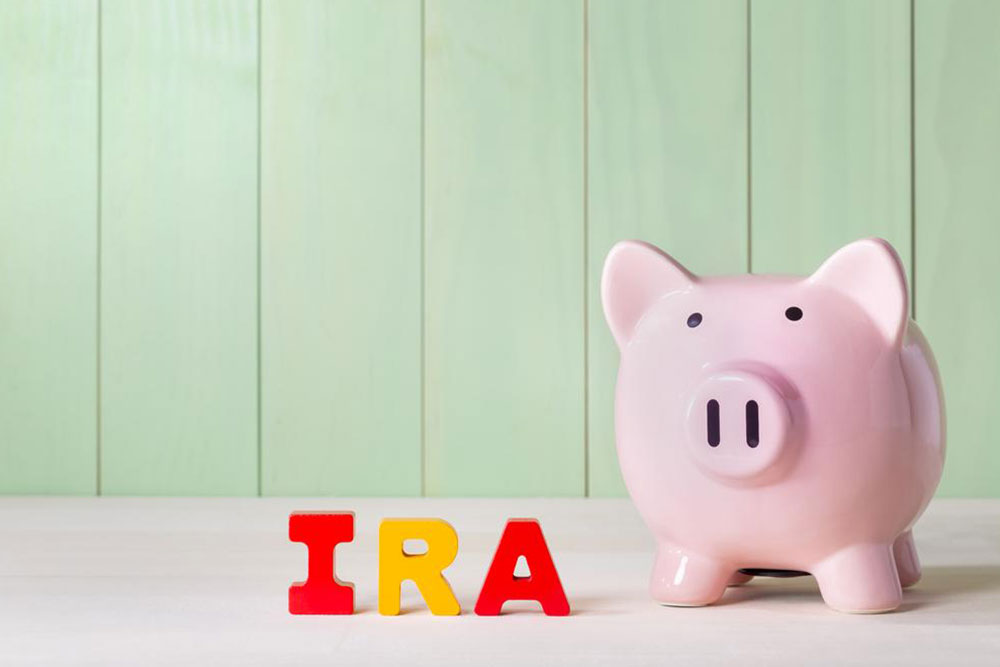Comprehensive Guide to Estimating Your 401(k) Retirement Savings and Planning Ahead
This comprehensive guide explores the essentials of estimating your 401(k) savings for retirement, including contribution strategies, investment options, and benchmarks across career stages. Learn how to plan effectively for a financially secure retirement by understanding average savings, optimizing your investment choices, and setting realistic milestones tailored to your age. Whether you're just starting or nearing retirement, this article provides actionable insights to help you maximize your 401(k) plan and ensure a comfortable future. Discover tips to accelerate your savings and stay on track with industry standards.

Mastering Your 401(k) Retirement Savings: What You Need to Know
What is a 401(k) plan?
A 401(k) plan is a powerful retirement savings vehicle provided by many employers, designed to help employees build a substantial nest egg for their later years. It allows workers to contribute a portion of their pre-tax earnings into a dedicated retirement account. For example, if your monthly salary is $2,500 and you choose to contribute 10%, that amounts to $250 per month, which is deducted from your paycheck before taxes are applied. This pre-tax contribution reduces your taxable income for the year, offering immediate tax benefits, while simultaneously boosting your retirement savings. Over the long term, the invested funds grow tax-deferred, meaning you don't pay taxes on the gains until you withdraw the money at retirement, enabling your investments to compound more effectively.
Contributing to your 401(k) is only the beginning; how that money grows over time depends on your investment choices. Contributions are allocated across various fund options, such as mutual funds, index funds, stocks, bonds, and real estate investments. Choosing the right mix depends on your risk tolerance and time horizon. Historically, the maximum amount you could contribute annually was $18,000 in 2017. For individuals aged 50 and above, an additional catch-up contribution of $5,500 was permitted, raising the total to $23,500 to help late-career savers accelerate their retirement planning. In recent years, the contribution limits have increased to reflect inflation, allowing total contributions—combining employee and employer matches—to reach upward of $29,500. Many employers match a portion of employee contributions, effectively boosting your savings — for example, a 50% match on the first 6% of your salary can significantly enhance your retirement fund growth. However, early withdrawals before age 59.5 are generally discouraged, as they often incur a 10% penalty, unless for specific hardships or qualifying reasons like a first-time home purchase or college tuition.
Investment options within a 401(k) plan vary, but diversifying across asset classes is crucial for balancing risk and growth potential. Funds with lower fees tend to outperform over time, so selecting low-cost index funds is a popular strategy. The goal is to maximize your investment growth while managing fees effectively. It's also important to recurrently review and adjust your portfolio to stay aligned with your evolving risk appetite and life circumstances.
Understanding how much you should aim to save at different stages of your career can provide valuable benchmarks. Although individual circumstances vary widely, referencing average balances can help you assess whether you're on track. For instance, financial planners often recommend saving roughly the equivalent of your annual salary by age 30 as an initial milestone. By age 40, savings should ideally double that amount, and by age 50, quadruple it. The ultimate goal is to accumulate around eight times your annual salary by the time you retire, typically at age 67. For example, if you're 67 and earning $75,000 annually, a target retirement savings goal would be approximately $600,000, considering the effects of compound growth and prudent investment strategies. Achieving these milestones depends on consistent contributions, disciplined investment choices, and adapting to economic changes, such as low-interest-rate environments, which challenge savings growth but underscore the importance of early and regular investing.





